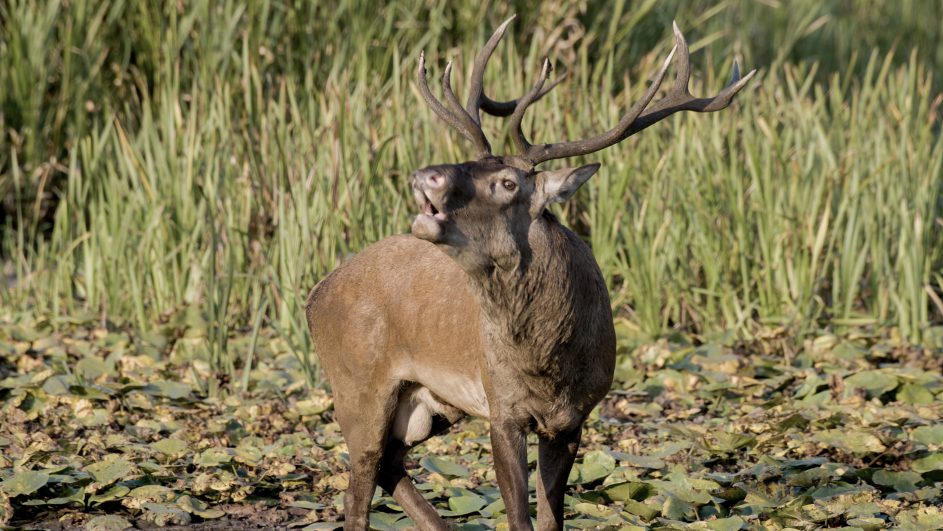Nature
Europe’s Amazon
Synopsis
Everyone knows the Danube. But do you know its major tributary, leading from White Summits towards the Black Sea?
Where Drava and Danube meet, we encounter Central Europe’s most spectacular inland delta. Hidden behind the iron curtain for half a century, the Drava delta has remained a secret realm of wetland forests, oxbows and floodplains, ever-shifting channels, islands and swamps vibrant with a stunning diversity of plant and animal life. It gathers all the waters and rich sediments from a vast catchment area of countless ridges, slopes and valleys south of the Continental Divide and east of the Adriatic basin, featuring glaciers, snowy summits, a legion of lakes, widespread woodlands covering mountainsides and valley and rolling green foothills – before these waters spill into the mighty Danube and end up in the Black Sea.
Rising from numerous sources spread across the southern and eastern Alps – the Dolomites, the Carnian Alps, the southern ramparts of the Hohe Tauern and other scenic ranges – the Drava links together the most diverse climates, landscapes and natural habitats. Although its actual source is only 100 miles from the Adriatic coast, this rapid Alpine river flows some 500 miles eastward through five countries until it finally spreads out in Hungary’s and Croatia‘s lowlands. For many species, the Drava is a migration corridor.
Contrasts between icy, thundering alpine headwaters – home to trout and arctic charr – and serene backwaters of a lowland delta alive with huge catfish and carp could hardly be greater, so this two-part mini series is split between the Drava’s upper and lower course, each episode featuring the changing, locally specific wildlife in and along the river.
While Episode I portrays a bright, cold world in the midst of the very clouds that feed the river system, Episode II reveals an entirely different world of flooded broadleaf forests roamed by herds of red deer, of swamps and gravel banks inviting plovers and terns to breed and raise their young, of beaver lakes covered by wild water lilies and alive with fish, amphibians and turtles under giant willows with colonies of waterfowl – a wetland world vying with Brazil’s Amazon or Florida’s Everglades.
Since not just climates, but also seasons vary dramatically along its course, the plants and animals inhabiting the Drava‘s varying riverscapes have to deal with frequent and rapid seasonal changes: high, low or stagnant still water periods, slow and rapid flow, severe cold and stifling heat, extreme drought, each requiring special adaptation and forcing dramatic struggle. For a wide range of species, the Drava is not just a lifeline but an intricate and vast network of life-giving veins, a network of migration paths, a patchwork of habitats.
The makers of this film have grown up, lived and worked along this still secret gem of river. Being familiar with some of the great rivers of the planet, including the Amazon, the comparison they draw reveals the Drava’s unique and fascinating character and uncovers many of its hidden treasures.










